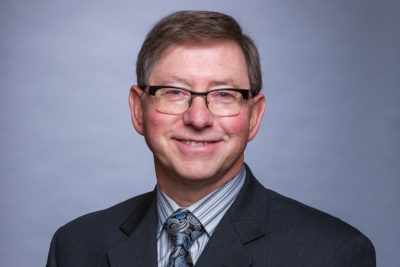It started with his own Uncle Cecil, who passed away in 1990. Hillel Kravetsky,
Board member at Chesed Shel Emes at the time, was invited to join the three-man team performing Cecil’s tahara and preparing him for burial.
It was Kravetsky’s first tahara. More than 2,000 others have followed.

Hillel Kravetsky: “I feel like I am doing something for the person that is the last kindness they will experience on this earth.”
During tahara, volunteers wash the deceased, perform a ritual cleaning, and dress the body in hand-made shrouds. Each step is accompanied by prayers; each step is performed with love, dignity, and respect.
“It is physical work, but hardly a mechanical process. We have to cradle and hold the deceased very gently, and we have to dress them in a certain way,” says Kravetsky. “I feel like I am doing something for the person that is the last kindness they will experience on this earth. It is an emotional, spiritual, and deeply satisfying experience.”
Kravetsky is one of 10 men and eight women who perform tahara at Chesed Shel Emes. Men perform the ritual for men; women for women. For Kravetsky, though, his volunteerism extends beyond his tahara duties.
He has served on the Board or committees without interruption since 1985; is a three-time President; and is a current Vice-President. He takes great pride in the organization’s stability, structure, and sense of purpose.
“When I joined the Board, I sat as a representative of my synagogue, Chavurat Tefilah. I was struck then and now by how Chesed Shel Emes is a place where representatives from all synagogues and denominations can sit around the table in common cause,” he says. “We are financially stable, well-run, and driven by a desire to fulfill the mandate of our name and provide chesed shel emet—the ultimate kindness—to those who cannot thank us.”
About six years ago, Kravetsky, a retired sales agent for bedding and furniture manufacturers, felt that Chesed Shel Emes needed to find ways to engage more volunteers. He came up with the “Shroud Project”, an initiative that would see volunteers sew the tachrichim (burial shrouds) locally. Previously, Chesed Shel Emes would purchase ready-made shrouds from New York.
Kravetsky reached out to his textile industry contacts to source unbleached, 100% cotton, and then asked Winnipeg-based Richlu Manufacturing to design a pattern. To this day, Kravetsky still drives around delivering cotton to Chesed Shel Emes’s 14 volunteer seamstresses. He estimates that since the project began, volunteers have sewn over 2,000 shrouds.
“It is a remarkable act of generosity and compassion,” says Kravetsky of the sewing. “It is another example of how Chesed Shel Emes acts as a caring and nurturing organization.”
While Chesed Shel Emes operates effectively, fulfills its mission, and harnesses the efforts of volunteers, Kravetsky notes that the organization does have one major challenge—the condition of its south building, which houses the tahara room, offices, and meeting spaces.
“The building is aging and spending money on renovations and maintenance no longer makes good sense,” he says. “Our campaign is doing well, but we still have a way to go. We are grateful that people are stepping forward to nurture Chesed Shel Emes in a way that reflects what the organization is all about.”